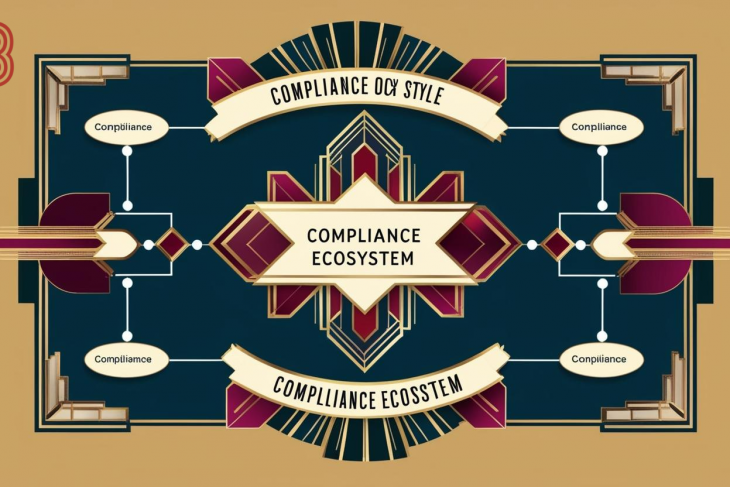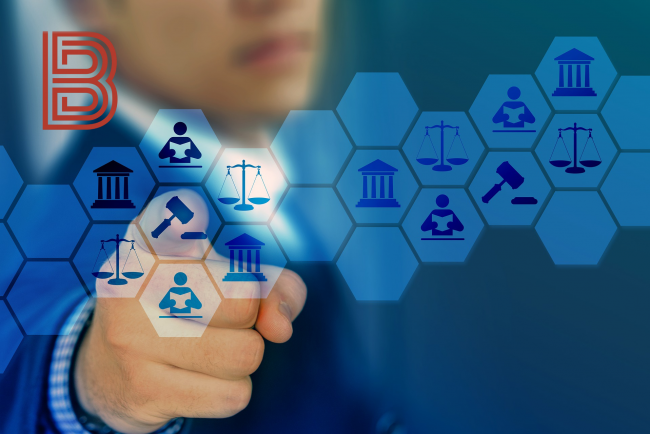
Introduction
In the digital age, information has become one of the most critical assets for organizations. As companies increasingly rely on digital platforms to store, process, and transmit data, the importance of securing information and establishing comprehensive information policies has become a top priority. Within the context of risk management, information policy and security play a crucial role in identifying vulnerabilities, mitigating threats, and ensuring operational resilience.
Understanding Information Policy
An information policy is a set of rules and guidelines that govern the creation, distribution, use, and management of information within an organization. These policies ensure that data is handled in ways that meet legal, regulatory, ethical, and business requirements. A strong information policy encompasses data governance, information access controls, classification systems, and lifecycle management practices.
An effective information policy addresses several key aspects:
Data ownership: Defining who owns what information.
Access controls: Determining who can access nt types of data.
Data classification: Categorizing data according to sensitivity and criticality.
Retention policies: Outlining how long data should be stored and when it should be disposed of.
Compliance requirements: Ensuring adherence to applicable laws such as GDPR, HIPAA, or SOX.
Without a clearly articulated information policy, organizations face increased risks of data breaches, regulatory penalties, operational disruptions, and reputational damage.
The Role of Information Security
Information security (InfoSec) refers to the practices and technologies used to protect information from unauthorized access, disclosure, alteration, and destruction. It is a critical component of risk management because it aims to preserve the confidentiality, integrity, and availability (the CIA triad) of information assets.
The key pillars of information security include:
Physical security: Protecting hardware and physical locations.
Network security: Safeguarding data in transit and at rest across networked environments.
Application security: Ensuring software is resistant to attacks.
Endpoint security: Protecting individual devices such as laptops, smartphones, and IoT devices.
Identity and access management (IAM): Controlling user identities and access rights.
Incident response: Preparing for, detecting, and responding to security incidents.
Information security must be proactive, evolving continuously to meet new threats posed by cybercriminals, nation-state actors, insider threats, and natural disasters.
Integration of Information Policy and Security in Risk Management
Risk management is the process of identifying, assessing, and mitigating risks to achieve organizational objectives. Integrating information policy and security into risk management ensures that information-related risks are systematically addressed.
Key steps include:
Risk Identification: Recognizing information assets, potential threats (e.g., hacking, phishing, insider threats), and vulnerabilities.
Risk Assessment: Evaluating the likelihood and impact of information risks.
Risk Mitigation: Implementing controls based on risk appetite and priorities.
Monitoring and Review: Continuously tracking the threat landscape and the effectiveness of security measures.
Organizations must ensure that information risks are embedded in broader enterprise risk management (ERM) frameworks rather than treated as isolated IT issues.
Frameworks and Standards
Several frameworks and standards guide organizations in developing robust information policies and security programs. These include:
ISO/IEC 27001
The ISO/IEC 27001 standard specifies the requirements for establishing, implementing, maintaining, and continually improving an Information Security Management System (ISMS). It emphasizes risk assessment and treatment tailored to an organization’s needs.
NIST Cybersecurity Framework
Developed by the U.S. National Institute of Standards and Technology, this framework provides a voluntary, risk-based approach to managing cybersecurity risks. It consists of five core functions: Identify, Protect, Detect, Respond, and Recover.
COBIT
Control Objectives for Information and Related Technologies (COBIT) is a framework for the governance and management of enterprise IT. It helps align IT goals with business objectives and manage information risk effectively.
GDPR and Other Regulatory Mandates
Compliance with regulations such as the General Data Protection Regulation (GDPR) in the EU, California Consumer Privacy Act (CCPA), and others has placed legal obligations on how information is collected, stored, and processed.
Organizations that proactively align their information policies and security practices with these frameworks reduce risks and improve resilience.
Best Practices
Data Classification and Handling
Information should be classified based on its sensitivity and business value. Common classifications include public, internal, confidential, and highly confidential. Policies should define how each class of information must be handled.
Least Privilege and Need-to-Know Principles
Access to information should be restricted to only those individuals who need it to perform their jobs. Implementing least privilege principles limits exposure in case of a breach.
Encryption and Data Masking
Data encryption — both in transit and at rest — is a fundamental security control. Data masking protects sensitive data by obscuring it, reducing the risk of exposure during development or testing activities.
Employee Training and Awareness
Human error is a leading cause of information breaches. Regular training on cybersecurity hygiene, phishing awareness, and proper data handling protocols is essential.
Incident Response Planning
Having a tested incident response plan allows organizations to react swiftly to security incidents, minimizing damage and ensuring a coordinated recovery.
Regular Audits and Assessments
Periodic internal and third-party audits help identify gaps in information policies and security controls and ensure compliance with regulations.
Emerging Trends and Challenges
Cloud Security
As organizations migrate to cloud environments, traditional perimeter-based security models are becoming obsolete. New strategies like zero trust architecture and shared responsibility models are necessary.
Artificial Intelligence and Machine Learning
AI and ML are being used both to enhance cybersecurity (e.g., threat detection, behavior analytics) and by adversaries to launch sophisticated attacks.
Supply Chain Risks
Third-party vendors often have access to organizational information. Supply chain attacks (e.g., SolarWinds breach) highlight the need for stringent vendor risk management.
Privacy-Enhancing Technologies (PETs)
Technologies such as homomorphic encryption and differential privacy allow ns to use and analyze data without compromising privacy, aligning with stricter global privacy regulations.
Quantum Computing
Quantum computers could eventually break current encryption methods. Organizations are beginning to explore post-quantum cryptography to future-proof their information security.
Case Studies
Case Study 1: Capital One Data Breach
In 2019, Capital One suffered a major breach where over 100 million customer records were exposed. The breach was attributed to a misconfigured firewall in a cloud environment. This incident highlighted the critical importance of robust cloud security policies, continuous configuration monitoring, and incident response readiness.
Case Study 2: GDPR Compliance at a Global Tech Company
A major global tech company successfully implemented GDPR compliance by creating a cross-functional information governance team, conducting a data inventory and mapping exercise, updating privacy policies, and redesigning systems to integrate data protection by design and by default. Their proactive approach helped avoid hefty fines and strengthened customer trust.
Case Study 3: Ransomware Attack on Healthcare Provider
A healthcare provider experienced a ransomware attack that encrypted critical patient records. Due to effective backup strategies, network segmentation, and an established incident response plan, the organization was able to restore operations without paying the ransom, underscoring the value of preparation and layered defenses.
Strategic Approaches to Strengthen Information Policy and Security
Board-Level Involvement: Boards must prioritize cybersecurity and information policy as strategic issues, allocating sufficient resources and oversight.
Integrated Risk Management (IRM): Moving beyond siloed security initiatives, IRM fosters a holistic view of information risks across all business functions.
Adaptive Security Models: Organizations should adopt flexible security architectures that can dynamically adjust based on emerging threats and changing business environments.
Zero Trust Architectures: Trust no one, verify everyone. Zero trust models eliminate the assumption that users or systems within the network perimeter can be trusted implicitly.
Security-by-Design: Building security into systems and processes from the beginning, rather than bolting it on afterward.
Summary
Information policy and security are fundamental components of effective risk management in the digital era. Organizations that fail to prioritize these areas expose themselves to regulatory penalties, operational disruptions, financial loss, and reputational harm. By developing clear information policies, implementing robust security measures, aligning with international standards, and embracing emerging technologies and strategies, organizations can better manage information risks and create a resilient, trustworthy digital ecosystem.
As cyber threats grow more sophisticated and regulatory landscapes evolve, the importance of information policy and security will only intensify. Success will belong to those organizations that treat information risk management not as a compliance checkbox, but as a strategic business enabler integral to achieving their broader mission and objectives.




















